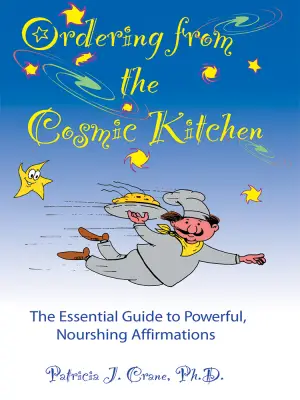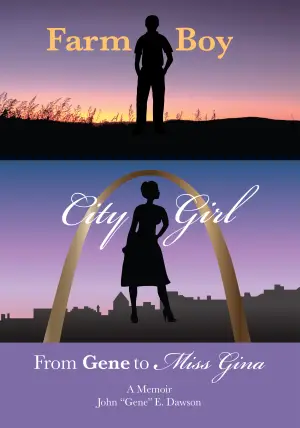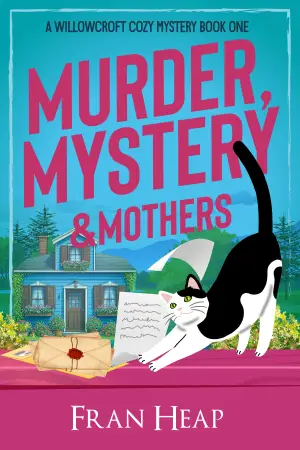Review of The Things We Water by Mariana Zapata
When I first heard that Mariana Zapata was back after nearly three years with a new release, I could hardly contain my excitement—especially knowing it was a complete genre shift into fantasy! Zapata has long been a pillar in contemporary romance for me, with books like Kulti and Wait For It providing a rich tapestry of emotional depth and slow-burning connections. But with The Things We Water, I faced a wonderful opportunity to explore her storytelling in a new light—and here is where my high expectations met a startling reality.
At its core, The Things We Water follows Nina, a thirty-year-old woman who discovers a magical puppy and ends up in a secret Colorado ranch filled with peculiar characters and even stranger secrets. Sounds delightful, right? The charm of quirky magical realism mingled with a slow-burn romance should have created a warm, cozy read. Regrettably, as I waded through the pages, the narrative felt more chaotic than captivating.
Right from the start, I struggled with the story’s tone and pacing. The world-building was shallow, fragmented, and sometimes nonsensical. I found myself overwhelmed by a parade of side characters with exaggerated traits—intended to be quirky and memorable but frankly exhausting instead. Each new character felt like an uninvited guest at a crowded party, leaving me wanting to retreat rather than engage.
Nina, our protagonist, was perhaps the most disappointing aspect for me. While she’s meant to be relatable, her immaturity often rendered her unlikable. I cringed as she spoke of her magical pet, Duncan Donut, with an endless stream of baby-talk nicknames. I appreciate whimsy, but here, it felt forced and hollow, detracting from any potential relatability.
And then there’s Henri, the love interest, who tragically lacked the slow-burn development Zapata is famous for. Instead of circling each other with cautious intimacy, their attraction felt rushed, lacking the depth and emotional earning that I’ve come to expect from Zapata’s romances. I couldn’t feel the longing that usually suffuses her work; instead, they seemed to dive into possessiveness and jealousy far too early, which left the entire narrative feeling unbalanced.
By the halfway mark, I found myself reading out of obligation, not joy. The spark I craved, the slow build that made previous romances so beloved, was absent, leaving me empty. I finally made the difficult decision to DNF at 50%. It felt like a chaotic, surface-level exploration of whimsical fantasy without the emotional anchor that Zapata is renowned for.
I truly believe that some readers may find joy in this quirky adventure—those who revel in light, whimsical fantasies may appreciate its charm. But for fans looking for the emotional depth and slow-burn tension that makes Mariana Zapata the queen of contemporary romance, this shift into fantasy might feel like an unexpected detour. In the end, while I was eager for something new, sometimes experimentation can just miss the mark.
So here’s to hoping for a return to her roots in future works! The adventure was worth the try, even if it didn’t resonate deeply this time. If anything, it’s a reminder that every author has their strengths, and sometimes, they shine brightest in familiar genres. Happy reading!













